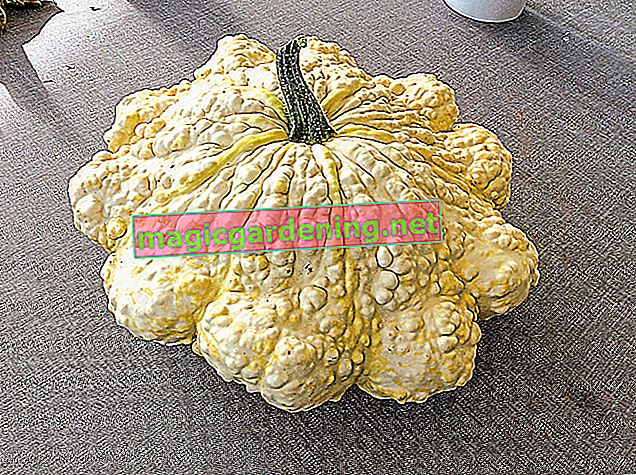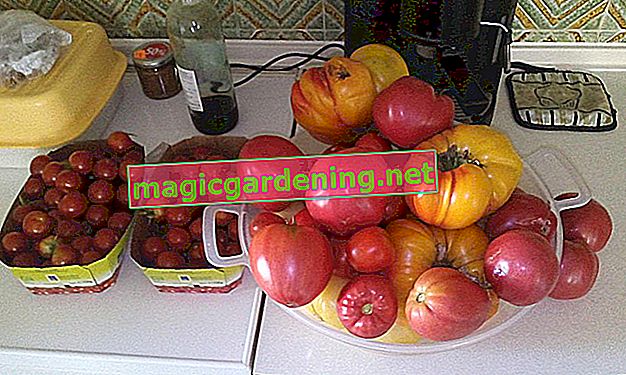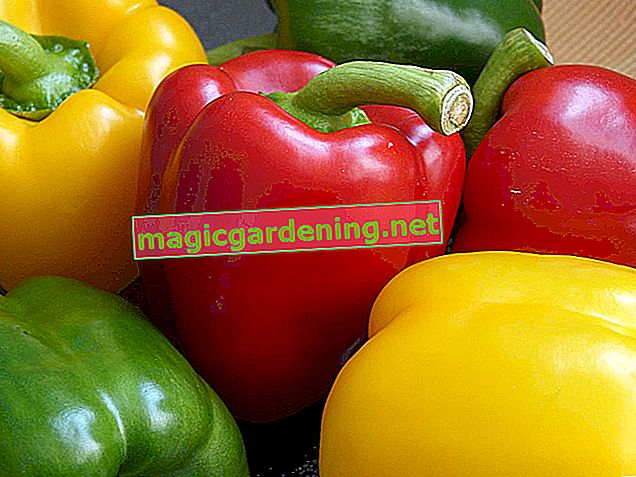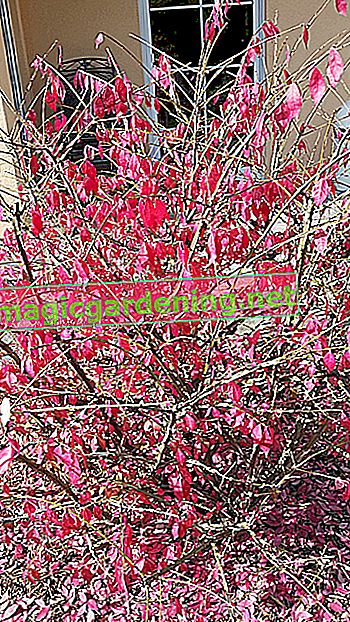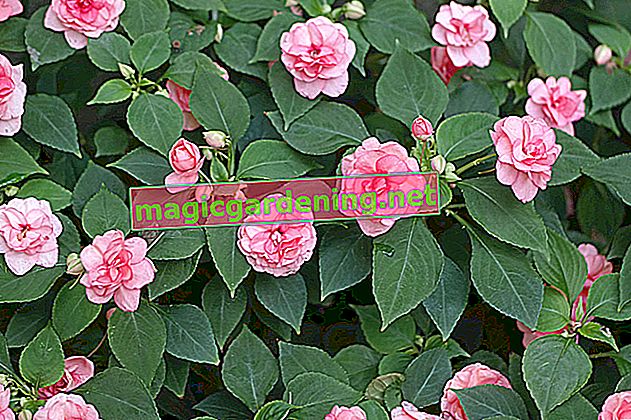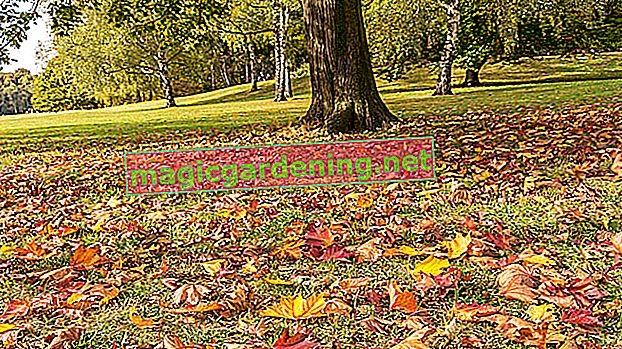
The kaki or sharon tastes fruity-fresh of apricot, pear and honeydew melon. A ripe persimmon has a very high nutritional value with around 70 calories per 100 g. The high sugar content can cause brown spots in the pulp of very ripe fruits. Although these are not a sign of rot, they do indicate that the fruit can only be stored to a limited extent and should be eaten soon. Otherwise, its consistency suffers and it becomes mushy.
also read
- Persimmons are in season all year round
- When is the harvest time for persimmons?
- Persimmons have nothing in common with citrus fruits
What does a good persimmon fruit look like?
Only the ripe fruits develop their full aroma and are as sweet as sugar. Its peel shines in a strong orange and is almost transparent for persimmons and shiny and smooth for sharon fruits. When buying persimmons, care should be taken to ensure that the shell is undamaged. Firm fruits are a little lighter, keep longer, but - depending on the variety - may still be unripe and taste fuzzy. Such fruits should be stored for two to three days at room temperature until they are ready for consumption. They keep in the refrigerator for two to three weeks.
How do you recognize a bad kaki fruit?
A bad persimmon fruit doesn't necessarily mean it's spoiled. Rather, it can
- overripe and therefore mushy or
- immature and therefore taste bitter due to the tannins contained in the fruit and cause a furry taste in the mouth.
If the peel of the persimmon has small damaged areas, the fruit can simply be peeled or halved and then spooned out.
Tips & Tricks
The ripe persimmon or sharon fruits can be easily processed into jam or jam. For this, however, the rather solid shell should be removed.
n / A

